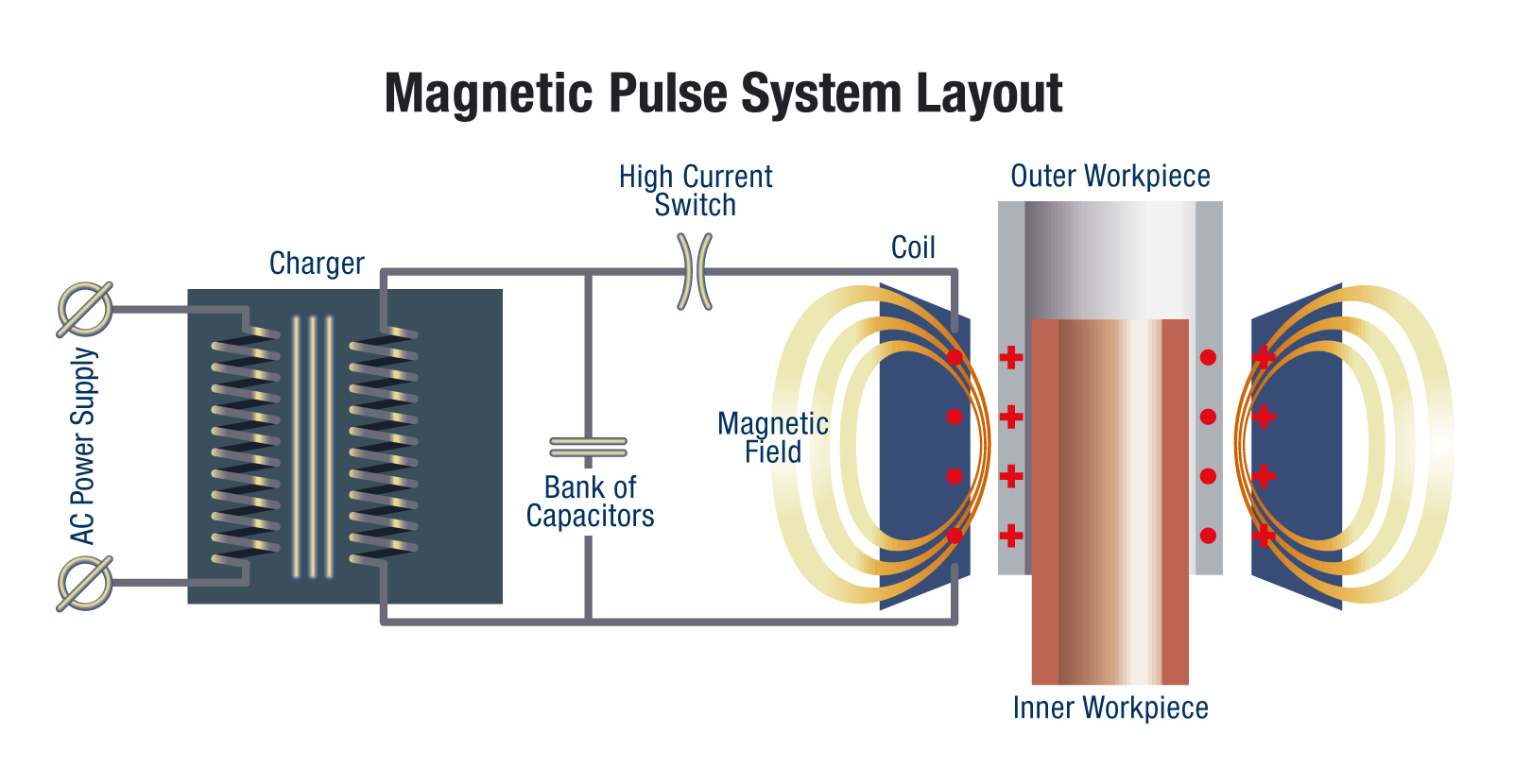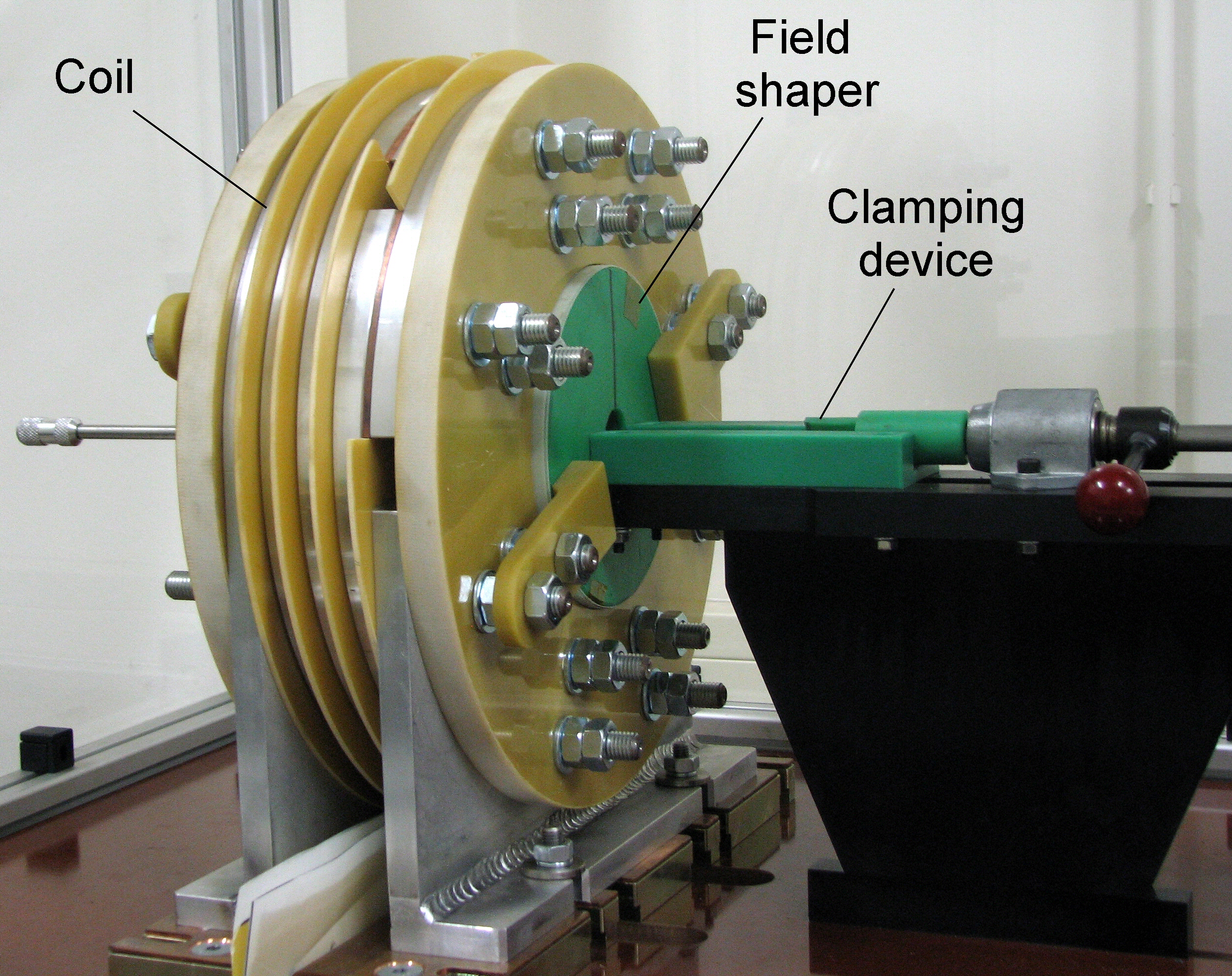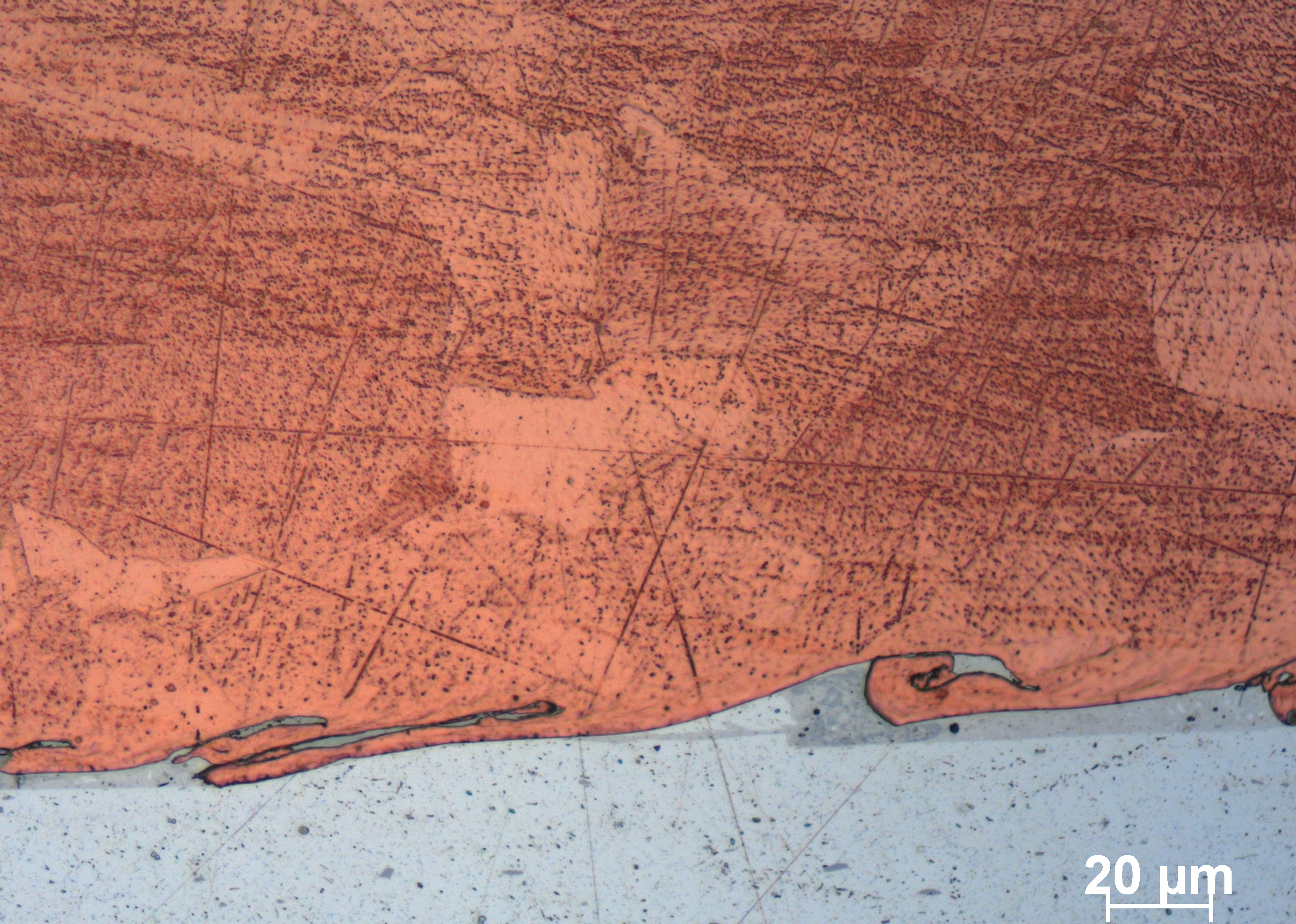Join'EM: Joining of copper to aluminium by electromagnetic fields
The manufacturing sector is faced with new challenges to remain abreast of the competition and regulatory requirements. This, in turn, implies the need to seek innovative approaches including, amongst other, the development of new materials, and the ability to use different materials together in a component or structure. These challenges are part of a trend to manufacture lighter, safer, environmentally-friendly, increasingly performant and cheaper products. Existing scientific research, as well as successful industrial case studies, show that the performance requirements of innovative products can only be met if the material properties are ideally adapted to the requirements, the load profile and the function of each individual component.
Project goals
The JOIN’EM project aims at addressing current shortcomings of more traditional welding technologies when joining dissimilar metal combinations, and aims to create a cost-effective and applicable way of joining aluminium and copper. Joining by electromagnetic forming (EMF), also called electromagnetic pulse joining or welding, is a promising innovative technology, and it can be used for Electromagnetic Welding (EMW) for similar and dissimilar material combinations, including those which are difficult or impossible to join using conventional processes. The joint is formed without heat, but due to the impact of the joining partners. Development and implementation of EMW will allow designers to combine metals or to integrate new metals. This, in turn, will allow a steep increase of the performance and will pave the way for several potential usages, such as electrical, heating and cooling, automotive and transport, white goods, air-conditioning and high power electrics, enabling these industries to follow new trends in product design and produce components and products at top level.
The new joining solutions will also help to realise improved lightweight designs with further weight reduction and a better performance. This will decrease energy consumption and greenhouse gas emissions, an increasingly significant requirement for industries, such as car manufacturing, where a single reduction of 100 kg can result in fuel savings of about 300 to 800 litres over the vehicle lifetime, as well as reducing CO2 emissions by 9 grams per kilometre.


The project will optimise usage of a finite resource – copper – for industry’s benefits
Due to its excellent thermal and electrical properties, copper is the third most frequently used raw material in the world. JOIN’EM directly aims at decreasing the consumption of this high cost material by partially substituting it with aluminium, and at a significant cost advantage. At the current level of known reserves and expected consumption, it is believed that it will become even more expensive and difficult to obtain, creating an additional cost issue for manufacturers. So, even if the replacement of copper with aluminium can only happen partially, it will have a lasting impact on the targeted industries.

Key objectives
In particular, JOIN’EM will:
- Develop innovative methods for joining dissimilar metals, which will allow improved manufacturing of new products. These innovations will also deliver increased product reliability, a longer lifetime of the components and welds, combined with a reduction of maintenance costs;
- Facilitate an increased use of dissimilar metal combinations;
- Increase productivity and reduce costs for realising hybrid components using EMW: joining operations are performed faster, more efficiently and robustly, with a less expensive production process and better quality;
- Permit the achievement of lower life cycle cost of a product;
- Enable the use of the environmentally-friendly EMW process. This process needs no fluxes or shielding gases and produces no harmful smoke, fumes or slag, thus reducing the overall environmental impact.
Looking forward into Electromagnetic welding future
Beyond this application, the project also looks to the transferability of the conclusions to other material combinations of relevance for the industrial sectors that deal with multi-material products. JOIN’EM will develop and demonstrate flexible and cost-effective joining processes for dissimilar metal combinations, for which currently available conventional welding technologies have been proved inadequate.

Partners
The project partners are: Fraunhofer IWU; Belgisch Instituut voor Lastechniek (BIL); PFT Innovaltech; Armines/Mines Douai (ARMINES); Research Center for non-destructive testing GmbH (RECENDT); Phimeca Engineering S.A. (PHIMECA); Vertech Group SARL (VERTECH); European Federation for Welding, Joining and Cutting (EWF); Whirlpool Europe SRL (WHIRLPOOL); Calyos SA (CALYOS); NOVATIUM SL. Industry (CEGASA); Alke SRL (ALKE), Refco nv (REFCO); Institut Catholique d’Arts et Métiers (ICAM).
Results
You can download the latest results in the following documents:
- Realisation of the joined parts
- Report on technological feasibility of EMW for all suggested material combinations
- Report with specifications of the joint characterisation methods
- Synthesis report regarding the corrosion analysis
- Project specific website
More information
- Join'Em Dissemination Flyer
- JOIN'EM Newsletter
- JOIN’EM Press release
- JOIN’EM Rollup Banner
- Welding and Cutting magazine, Issue 06 2015
- EFFRA’s IMPACT Newsletter
For more information, please visit our project website : www.join-em.eu/
Read more
- INNOJOIN: Development and evaluation of advanced welding technologies for multi-material design with dissimilar sheet metals
- HYBRISONIC: Ultrasonic supported processing of hybrid materials
- MetalMorphosis : Electromagnetic pulse technology for novel hybrid metal-composite components in the automotive industry
- SOUDIMMA : Electromagnetic pulse welding
